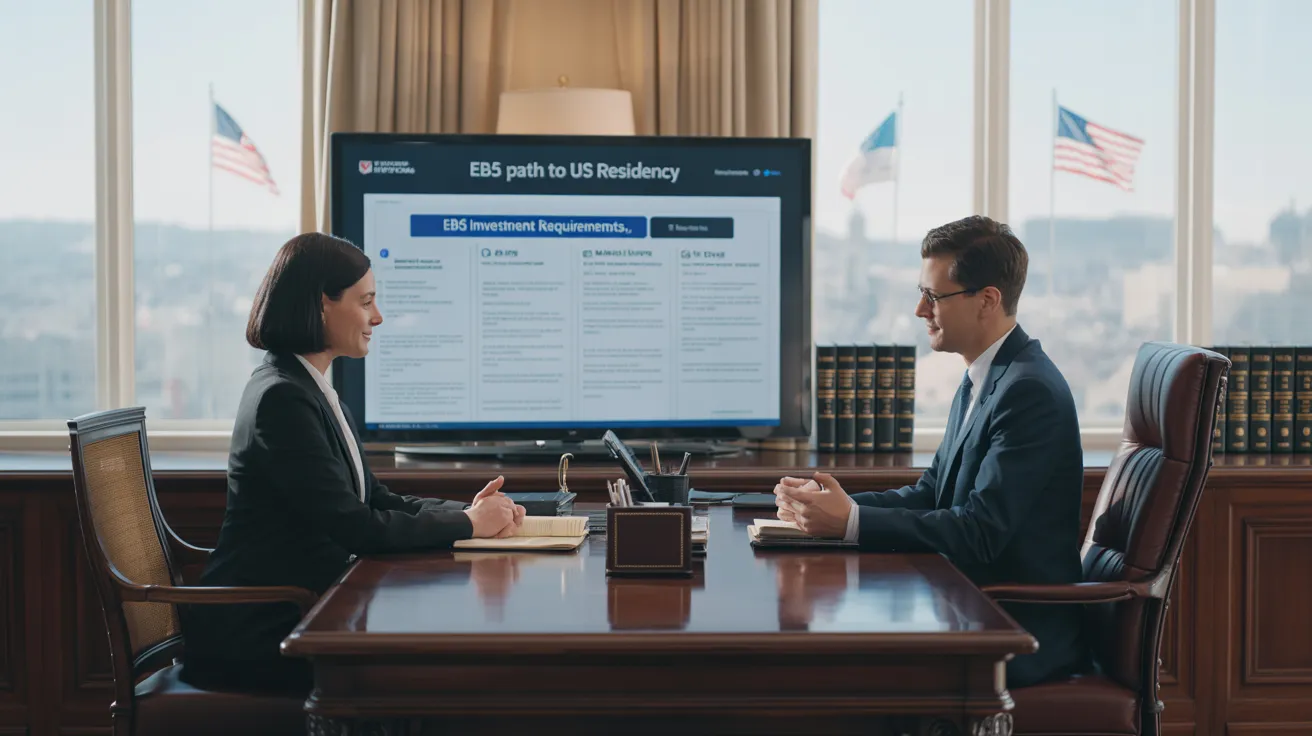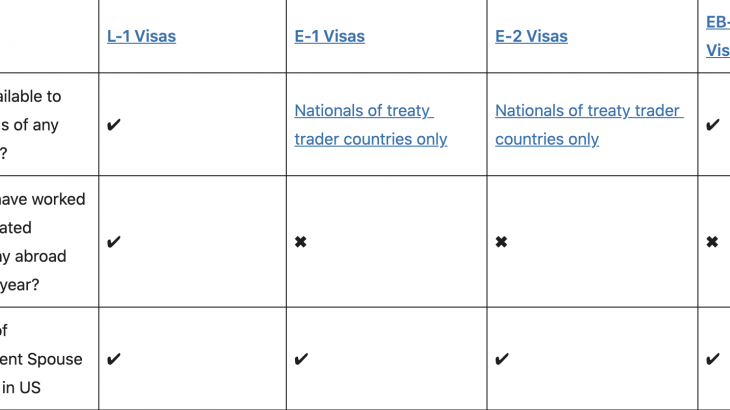An Unbiased View of L1 Visa
Table of ContentsGet This Report on L1 VisaThe smart Trick of L1 Visa That Nobody is DiscussingSome Known Factual Statements About L1 Visa The Single Strategy To Use For L1 VisaThe Facts About L1 Visa UncoveredFacts About L1 Visa Uncovered
Available from ProQuest Dissertations & Theses International; Social Scientific Research Costs Collection. (2074816399). (PDF). Congress. (PDF). DHS Workplace of the Assessor General. (PDF). (PDF). "Nonimmigrant Visa Data". Retrieved 2023-03-26. Division of Homeland Safety And Security Workplace of the Examiner General, "Testimonial of Susceptabilities and Possible Misuses of the L-1 Visa Program," "A Mainframe-Size Visa Loophole".
U.S. Department of State. Gotten 2023-02-08. Tamen, Joan Fleischer (August 10, 2013).
Everything about L1 Visa
In order to be qualified for the L-1 visa, the foreign company abroad where the Recipient was utilized and the U.S. business have to have a qualifying relationship at the time of the transfer. The various types of certifying relationships are: 1.
Instance 1: Company A is included in France and utilizes the Beneficiary. Business B is included in the united state and wishes to request the Beneficiary. Company A possesses 100% of the shares of Company B.Company A is the Parent and Business B is a subsidiary. There is a certifying relationship in between the two companies and Business B need to be able to fund the Beneficiary.
Business A has 40% of Firm B. The continuing to be 60% is had and regulated by Company C, which has no relation to Company A.Since Company A and B do not have a parent-subsidiary partnership, Firm A can not sponsor the Recipient for L-1.
Instance 3: Business A is included in the U.S. and wants to request the Beneficiary. Business B is included in Indonesia and employs the Beneficiary. Business A has 40% of Business B. The staying 60% is had by Firm C, which has no connection to Business A. Nonetheless, Firm A, by official arrangement, controls and complete handles Firm B.Since Company A has less than 50% of Business B however handles and manages the firm, there is a qualifying parent-subsidiary partnership and Company A can fund the Recipient for L-1.
Top Guidelines Of L1 Visa
Associate: An affiliate is 1 of 2 subsidiaries thar are both possessed and controlled by the same parent or individual, or had and regulated by the exact same group of individuals, in essentially the very same proportions. a. Example 1: Company A is incorporated in Ghana and utilizes the Beneficiary. Company B is integrated in the U.S.
Company C, also integrated in Ghana, has 100% of Company A and 100% of Company B.Therefore, Firm A and Company B are "associates" or sister companies and a qualifying connection exists between both business. Company read more B must be able to sponsor the Beneficiary. b. Example 2: Company A is L1 Visa law firm integrated in the united state
Business A is 60% had by Mrs. Smith, 20% had by Mr. Doe, and 20% owned by Ms. Brown. Company B is integrated in Colombia and currently utilizes the Beneficiary. Firm B is 65% possessed by Mrs. Smith, 15% possessed by Mr. Doe, and 20% possessed by Ms. Brown. Business A and Company B are associates and have a qualifying partnership in two various methods: Mrs.
The L-1 visa is an employment-based visa classification developed by Congress in 1970, allowing multinational business to move their supervisors, execs, or crucial employees to their U.S. operations. It is frequently described as the intracompany transferee visa. There are 2 major kinds of L-1 visas: L-1A and L-1B. These types appropriate for employees hired in various placements within a firm.

In addition, the recipient needs to have functioned in a supervisory, executive, or specialized staff member setting for one year within the three years preceding the L-1A application in the international firm. For new workplace applications, foreign work must have been in a supervisory or executive capability if the recipient is involving the USA to work as a supervisor or exec.
The Definitive Guide for L1 Visa

If approved for a united state business operational for greater than one year, the first L-1B visa is for as much as three years and can be extended for an additional two years (L1 Visa). On the other hand, if the united state firm is recently developed or has actually been functional for much less than one year, the initial L-1B visa is issued for one year, with extensions offered in two-year increments
The L-1 visa is an employment-based visa group developed by Congress in 1970, enabling international companies to transfer their supervisors, executives, or crucial employees to their united state procedures. It is typically described as the intracompany transferee visa. There are 2 main kinds of L-1 visas: L-1A and L-1B. These types appropriate for workers employed in different placements within a firm.
L1 Visa Fundamentals Explained
Furthermore, the beneficiary needs to have operated in a managerial, executive, or specialized employee placement for one year within the three years preceding the L-1A application in the international firm. For new workplace applications, international work should have been in a managerial or executive capacity if the recipient is pertaining to the USA to function as a manager or exec.
for as much as seven years to oversee the procedures of the U.S. affiliate as an exec or supervisor. If released for a united state company that has actually been operational for greater than one year, the L-1A visa is initially approved for up to 3 years and can be expanded in two-year increments.
If given for a united state company functional for more than one year, the first L-1B visa is for up to three years and can be prolonged for an extra two years. Alternatively, if the U.S. firm is newly developed or has actually been operational for less than one year, the first L-1B visa is provided for one year, with extensions readily available in two-year increments.